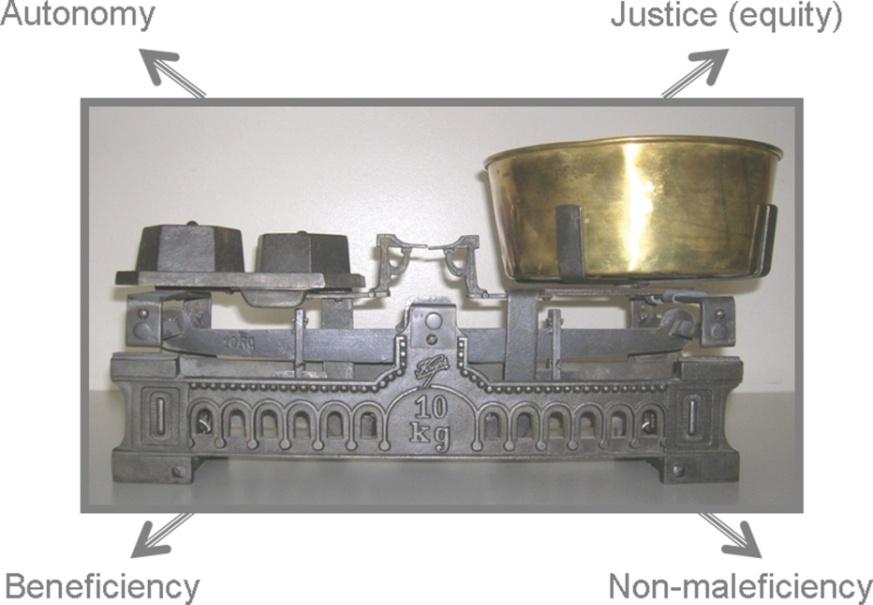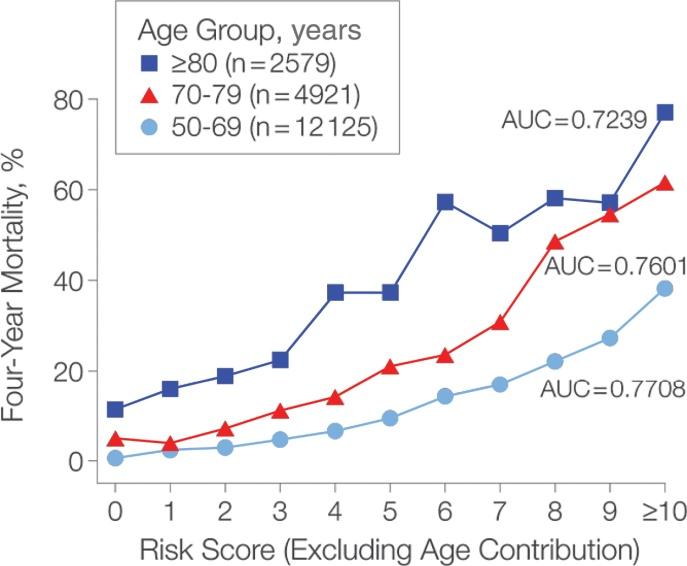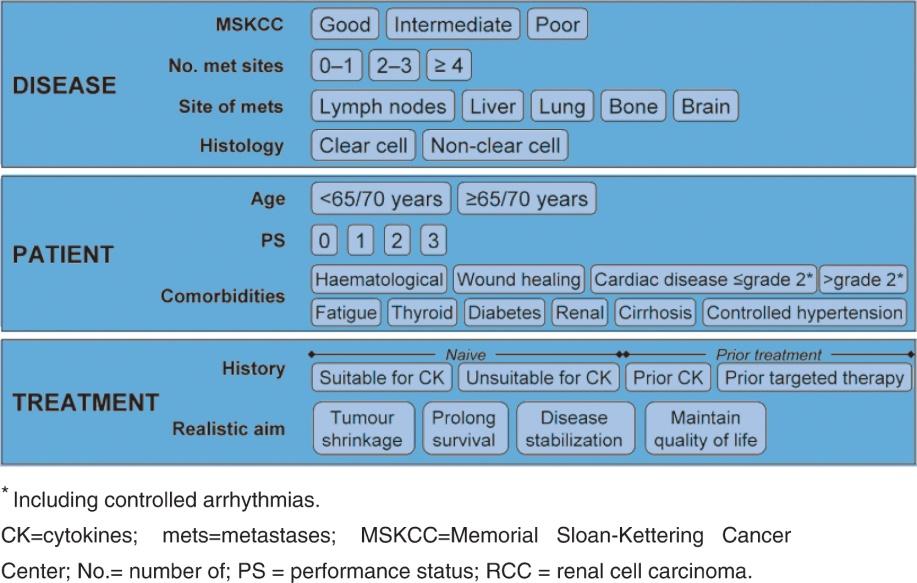
3 minute read
Uterine Cancer
• IVA: spread of growth to adjacent organs. Standard treatment is concomitant chemoradiation. If there are fistula or if it is only localised disease with no signs of disease outside the pelvis, one can opt for pelvic exenteration. However, this leads to a high morbidity, and careful staging is of utmost importance. • IVB: spread to distant organs. Treatment is palliative and consists of chemotherapy.
Chemotherapy (e.g., cisplatin, carboplatin, paclitaxel, or topotecan) can give a response in up to 30% of patients. In a new study, bevacizumab has also been shown to be effective in combination with chemotherapy (paclitaxel and cisplatin).
Advertisement
Bevacizumab
Bevacizumab is approved by the European Medicines Agency (EMA) and the Food and Drug Administration of the United States (FDA). The EMA has approved the drug for first line treatment of patients with stages III and IV epithelial ovarian, fallopian-tube, or primary peritoneal cancer, in combination with carboplatin and gemcitabine in first recurrence of platinum-sensitive epithelial-ovarian, fallopian-tube or primary peritoneal cancer with no prior therapy with bevacizumab and in combination with paclitaxel and cisplatin, or paclitaxel and topotecan, in patients who cannot receive platinum therapy. In ovarian cancer, the FDA approval is for platinum resistant disease only. The approvals were based on progression free survival data with improvements of 2-4 months. This must be weighed versus the known increased toxicity of bevacizumab in older patients including arterial thromboembolic events, hypertension and perforation. It is also approved for the treatment of patients with persistent, recurrent, or metastatic carcinoma of the cervix.
BRCA
BRCA mutation is a mutation in either of the BRCA1 or BRCA2 genes. They are tumor suppressor genes in which harmful mutations can lead to an increase of ovarian cancer, primarily high grade serous carcinoma. Testing for these mutations has become an integral part of care of these patients. The detection of these genes is helpful in screening for other disorders, particularly breast cancer in the patient, siblings, children and other relatives. This can include decisions regarding risk-reducing surgery and chemoprevention.
Olaparib is a targeted therapy approved by both the FDA and EMA. The oral drug is an inhibitor of PARP (poly ADP ribose polymerase), which is involved in DNA repair. The FDA has approved it for germline BRCA-mutated advanced ovarian cancer after three or more lines of chemotherapy. The EMA approval in BRCA-mutated patients includes maintenance therapy of high grade serous ovarian cancer and patients who have recurrent disease after platinum based therapy where the response was ≥6 months.
Uterine cancer is the most common malignancy of the female tract in the industrialised world. Its incidence in women < 65 years is 13.1/100,000 and in women >65 years
98.5/100,000. The incidence worldwide is 17.8/100,000. The 2008 FIGO staging system is used.
Stage I
In stage I the tumour is confined to the uterine corpus. The five-year survival is about 90%.
Stage I can be divided into the following:
• IA: None or less than half of the myometrium is invaded. Treatment consists of hysterectomy with bilateral salpingo-oophorectomy; lymph node dissection should be considered if the tumour is FIGO grade II/III. In patients with papillary serous or clear cell carcinoma histology, a lymph node dissection should also be performed. • IB: Invasion to at least half of the myometrium. The preferred treatment is a hysterectomy with bilateral salpingo-oophorectomy with pelvic and para-aortic lymph node dissection.
More recently the sentinel lymph node mapping algorithm is being performed in clinically early stage disease in lieu of a systematic lymph node dissection. Adjuvant radiotherapy is indicated in case of lymph node involvement. Other factors for adjuvant treatment include depth of myometrial invasion, the presence of LVSI, age, and grade. Adjuvant chemotherapy is probably as effective as radiotherapy in early stage endometrial cancers. In patients with high risk pathology such as papillary serous or clear cell carcinoma, the preferred treatment is carboplatin in combination with paclitaxel.
Stage II
In stage II the tumour invades the cervical stroma but does not extend beyond the uterus. The five-year survival is between 70% and 80%. Treatment is similar to that for stage IB. Adjuvant radiation therapy is usually recommended.
Stage III
In this stage there is local and/or regional spread of the tumour. Positive cytology has to be reported separately without changing the stage. The five- year survival is about 30% to 60%.
Stage III can be divided into the following:
• IIIA: Tumour invades the serosa of the corpus uteri and/or adnexae. • IIIB: Vaginal and/or parametrial involvement. • IIIC: Metastases to pelvic and/or para-aortic lymph nodes. • IIIC1: Positive pelvic nodes. • IIIC2: Positive para-aortic lymph nodes with or without positive pelvic lymph nodes.





